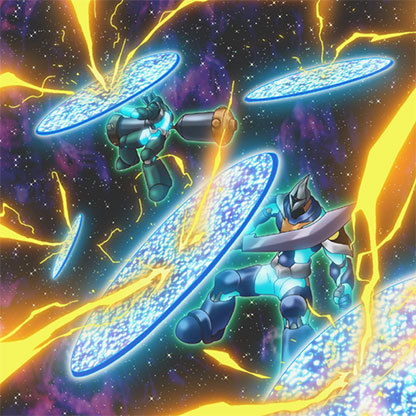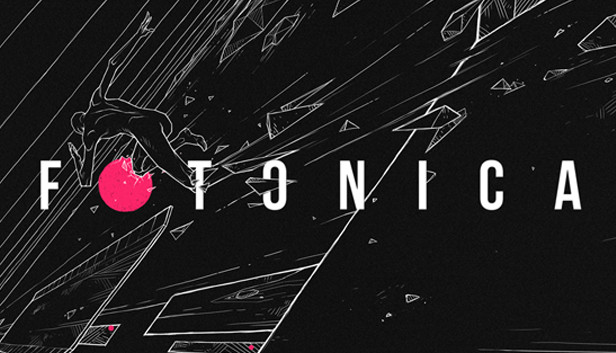


Photography is another good example of an area where the arts clearly crosses over with the field of technology. This quote essentially explains STEAM in action. “It is in Apple’s DNA that technology alone is not enough – that it’s technology married with liberal arts, married with the humanities, that yields us the results that make our hearts sing.” A good way to view this is via a quote from the late CEO and co-founder of Apple, Steve Jobs, who said the following: While the importance of the arts is clear, one of the big focuses of STEAM education is to facilitate integration. Ingenuity is also needed across the board, and the skills and confidence to come up with ingenious ideas are often developed through the arts. In many fields, artistry can be the difference between standing out from competitors or not, and this means those with skills in this area can be enormously beneficial for businesses and other organizations. The language arts are also vital for communication and, in the case of things like sign language, can help to provide people with greater accessibility. The skills developed through the arts are often in high demand within the workforce, where creative solutions to problems may be needed and where different perspectives can be useful. In addition, the arts can help to provide individuals with a greater appreciation for culture. The subjects contained within this field are able to teach people the value of creativity, innovation, communication, and contemplation. It is worth taking the time to understand the importance of the arts in providing students with a rounded education. Liberal Arts – The broadest of the five sub-categories, covering some of the more typically academic subjects, with examples like philosophy, ethics, sociology, history, politics, civics, and theology.
Fotonica steam art manual#
Manual Arts – Art-based subjects that are centered around physical skills and the manipulation of objects, with some of the main examples including architecture and landscape design.Physical Arts – Subjects and topics focused on physical activity, such as dance and sport.Language Arts – Arts that revolve around the use of language and which are concerned with communication, with some key examples including English, foreign languages, sign language, and creative writing.Fine Arts – The areas that are commonly covered by traditional art classes and based primarily on aesthetics, with examples including drawing, painting, sculpting, and photography.When the STEAM concept was originally created, the arts were divided into a number of sub-categories by Georgette Yakman, and these can be briefly summarized as follows: The arts is a collective term, which is used to describe a range of different subject areas that are broadly considered to be artistic or otherwise creative in their nature. In this article, we will explain in more detail what the arts is, the importance of the arts, and how it can be viewed within a STEAM context. In truth, as we will cover in the next section, the arts is actually a major addition to this concept, because it is a broad field, which includes a wide range of different subjects. The idea grew out of a concept known as STEM education, with the key difference being the inclusion of the ‘A’ for the arts. The idea behind STEAM education is to place a focus on five key areas – science, technology, engineering, the arts, and mathematics – while also encouraging the teaching of those fields to be more engaging and integrated. Read on to learn more about why the arts are so vital to a rounded education or visit our education solutions page for more insights into improving student outcomes. The key difference between STEM and STEAM education is that the latter recognizes the importance of the arts, whereas the former did not. STEAM education, as a concept, emerged from the existing STEM initiative, which was originally designed to emphasize the academic subjects that teach the most important life skills, while also encouraging more integrated lessons. The arts in STEAM education is arguably the most significant feature of the framework.


 0 kommentar(er)
0 kommentar(er)
